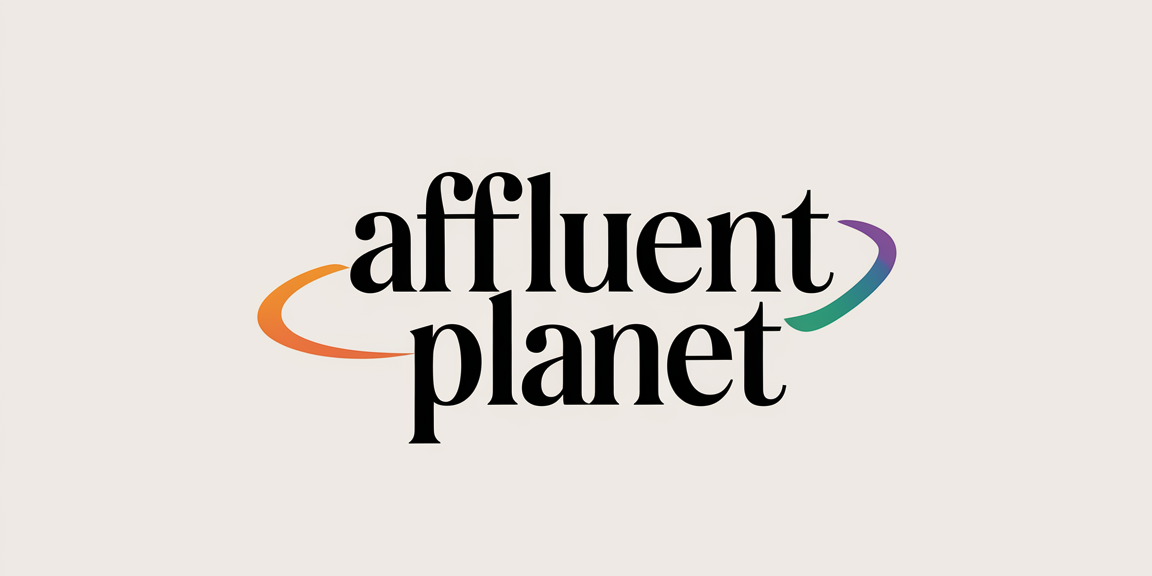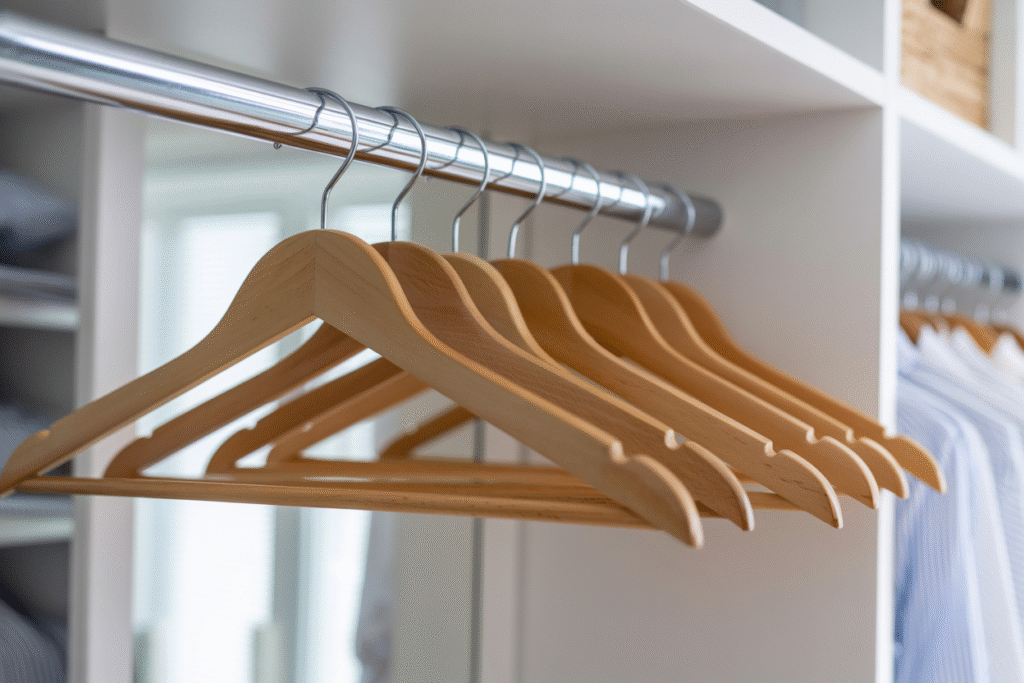Luxury used to mean exclusivity, excess, and a closet full of things you barely wore. But in 2025, luxury is getting a thoughtful upgrade. Now it’s about craftsmanship, responsibility, and making choices that feel just as good as they look.
Timeless Over Trendy
Fast fashion has lost its shine, and designers are going back to timeless silhouettes and high-quality materials. Luxury shoppers now want pieces that last more than a season and still feel relevant five years later. Think tailored blazers, elegant knits, and clean lines that work year after year. This shift helps reduce waste and puts the focus back on good design. Less noise, more substance.
Materials That Matter
Organic cotton, hemp, and recycled fabrics are stepping into the spotlight. Even high-end labels are ditching synthetics in favor of responsibly sourced textiles. Luxury brands are now investing in fabric innovation that’s both stylish and sustainable. From mushroom leather to seaweed-based yarns, the runway is getting a green makeover. The materials look great, and you can feel good wearing them.
Transparency Is the New Black
Today’s consumers want to know where their clothes came from—and who made them. That’s why luxury brands are publishing supply chain details and highlighting fair labor practices. Transparency has become a mark of trust and quality. Fashion houses that share their process stand out in a crowded market. In this new landscape, honesty adds real value.
Circular Design Takes the Lead
Designers are creating pieces with second lives in mind. That means using materials that can be recycled, or designing clothes that can be easily repaired or repurposed. Some brands even offer take-back programs to recycle or resell old pieces. Circular design doesn’t just reduce waste—it encourages smarter consumption. Luxury now includes a plan for the end of a product’s life.
Less Waste More Impact
Upcycling is no longer just for indie makers. Major labels are reworking unsold inventory, vintage garments, and leftover materials into fresh new pieces. It’s a creative way to reduce textile waste without sacrificing style. These limited-edition designs feel special and sustainable. Fashion with a smaller footprint is becoming the new status symbol.
Innovation Meets Tradition
Luxury brands are blending cutting-edge technology with traditional craftsmanship. Think laser-cut fabrics, digital printing, and AI-assisted design paired with hand-stitching and artisanal detail. This mix keeps heritage brands relevant while pushing boundaries. It’s not about replacing tradition—it’s about enhancing it with modern tools. The result? Designs that feel both rooted and revolutionary.
Design That Puts the Planet First
In interior design, sustainability is showing up in everything from reclaimed wood furniture to zero-VOC paint. Designers are choosing eco-conscious materials that look beautiful and perform well. Smart choices behind the scenes—like energy-efficient appliances and insulation—are also becoming part of the luxury package. These details may be subtle, but they have lasting impact.
Rentals Reshape Ownership
High-end fashion rental services are gaining traction with consumers who love variety but want to shop smarter. Instead of owning a closet full of once-worn outfits, people can rent designer pieces for special occasions. It’s a practical solution that extends the life of garments and reduces overproduction. Luxury is shifting from accumulation to experience.
Local Is the New Global
More shoppers are looking for goods made closer to home. Local production reduces shipping emissions and supports small-scale artisans. It also brings unique cultural influences into the design process. Supporting local doesn’t mean sacrificing quality—it often means discovering something even more special. This move toward the hyper-local adds meaning to every purchase.
Quiet Luxury Speaks Volumes
Sustainable design doesn’t need to scream for attention. Many luxury consumers are embracing quieter aesthetics that focus on simplicity and intention. Soft palettes, natural textures, and thoughtful details define this new wave of elegance. It’s not about labels or logos—it’s about how something makes you feel. Subtle, refined, and sustainable is the new gold standard.
Luxury today is being redefined by purpose and progress. It’s no longer just about what something costs, but how it was made—and what kind of future it helps create.

